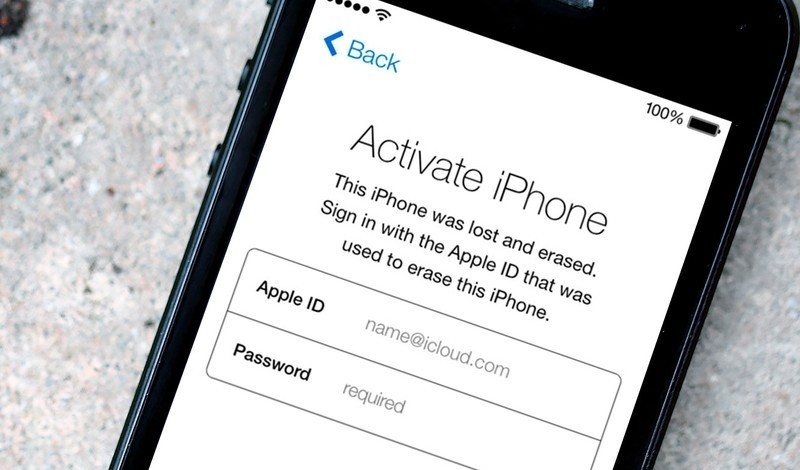Lawmakers and concerned consumers alike have championed the idea of smartphone kill switches for years. Now that they're finally here, the logical question in whether or not they're actually deterring crooks from stealing handsets.
With a full 12 months of data under its belt, three major cities are reporting that iPhone thefts have decreased substantially.
In San Francisco, the number of iPhone thefts dropped by 40 percent in the year following Apple's rollout of Activation Lock in iOS 7. New York, meanwhile, has seen reports of theft decline by 25 percent while thieves in London are swiping half as many iPhones as before.

The figures are an improvement across the board from data reported just six months after the feature launched. At that time, San Francisco said thefts dropped 38 percent, stolen iPhones in New York were down 19 percent and London reported a 24 percent drop in stolen Apple phones.
Much to the angst of wireless carriers (and the delight of consumers), Google and Samsung have also jumped on the smartphone kill switch bandwagon but the issue is that not all implementations are enabled by default. With any luck, we'll also get theft reduction data on Android handsets in the near future.
Microsoft's next mobile OS is also expected to include a remote kill switch later this year.
California passed legislation last year that'll require all smartphones sold in-state after July 2015 to ship with a kill switch feature enabled by default.
